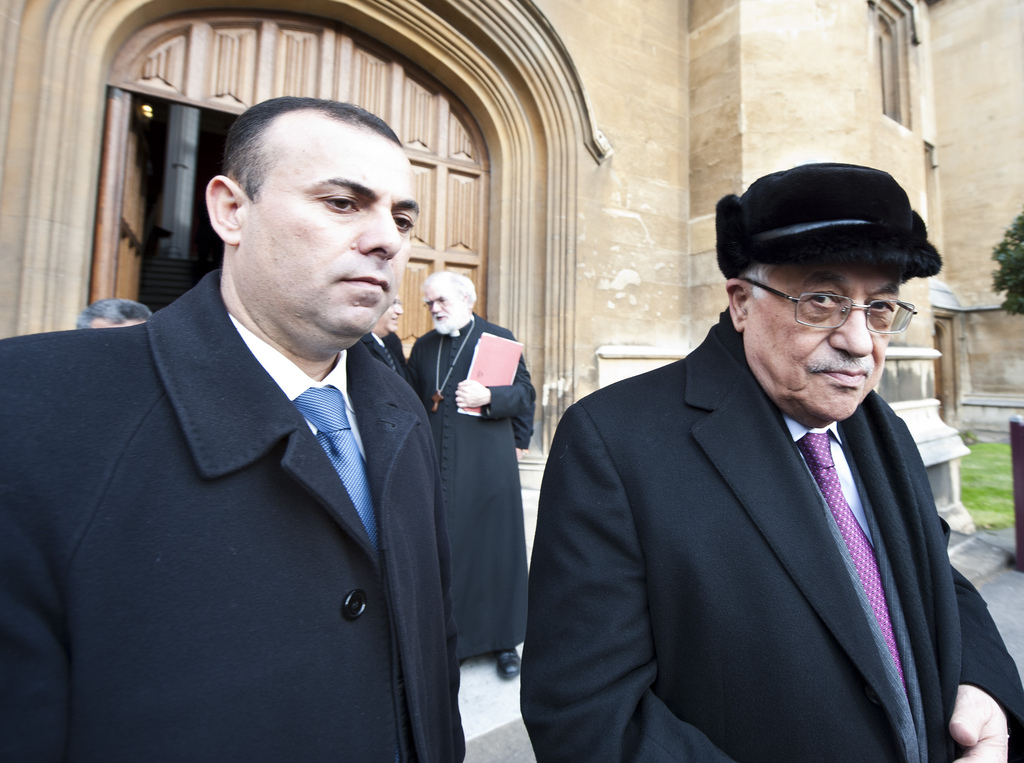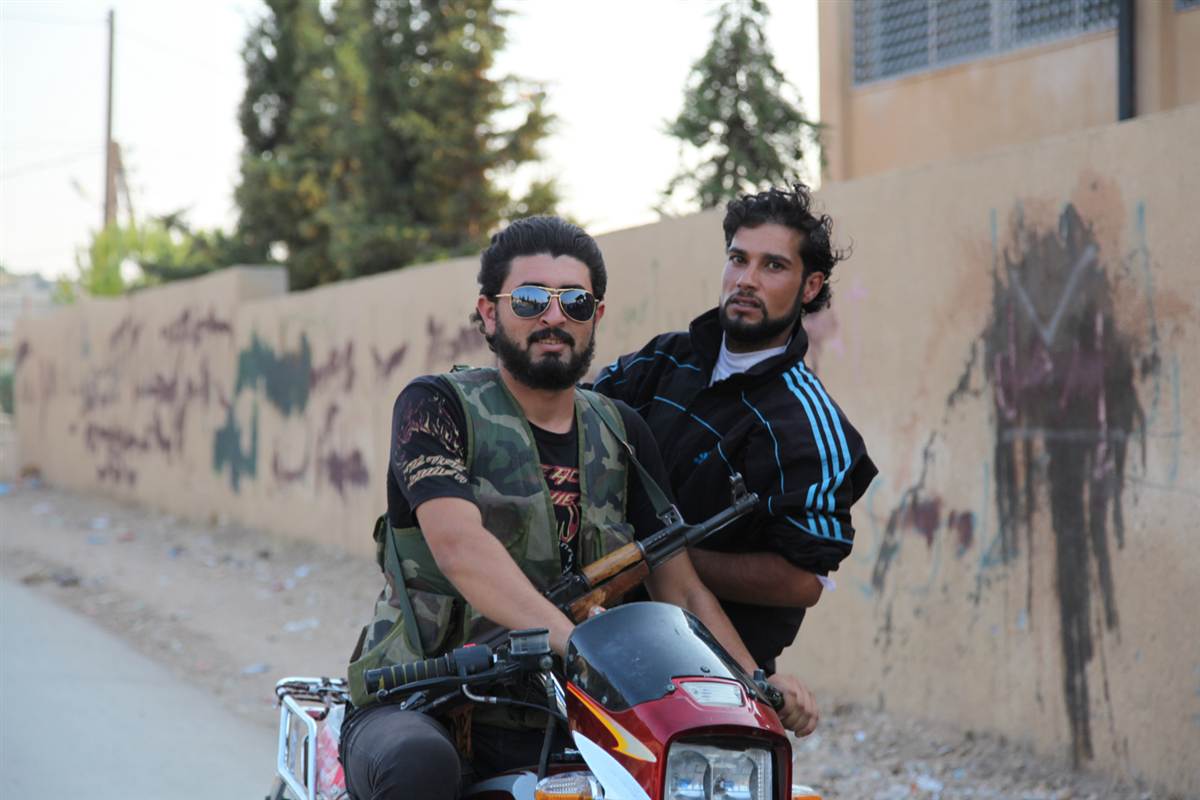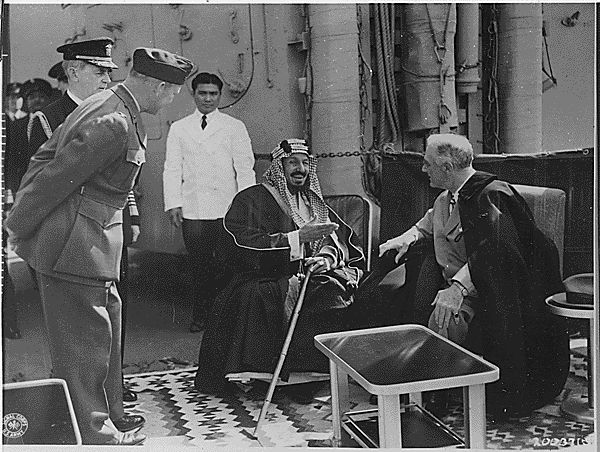Guest post by Aaron Stanley.
A number of recent reports out of Zimbabwe note a fracturing of Zimbabwe’s military elite. It appears that opposition to the Mugabe regime, which most recently has been articulated through the vocal #thisFlag movement, is spreading into the military. Up until this point, the military has been a stalwart supporter of the Mugabe government. Despite one thwarted small-scale coup attempt, President Mugabe has been able to control the military’s elites and its broader apparatus – this support has been crucial to the regime’s longevity. Yet, like war veterans and other groups that have been loyal supporters of the regime, it appears dissent is now boiling over into the open. This makes the political fracturing of the armed forces even more worrisome. Without significant changes, the Mugabe regime might be closer to its end than ever before. Moreover, there is a real possibility that the fight for succession could turn bloody.
History indicates that the signs of military fracturing in Zimbabwe should be taken seriously. This phenomenon has long been associated with increased violence and civil wars. For example, in 1861, large swaths of the US military left to support the secession movement of the southern states. This political fracturing of the US military, in part, enabled the civil war. In the African context, military fractionalization along ethnic lines was a critical part of the Biafran War in Nigeria. A South Sudanese military split along ethnopolitical lines ignited the country’s first civil war only three years after its independence.
Warning signs, like active military officers openly expressing opposing political positions, can indicate military fracturing and the potential for large-scale violence. Leading up to and during the Yugoslav Wars, politicians and military commanders were complicit in taking ethnopolitical sides and publicly stating their prejudices to stir violence. The Yemeni Civil War in 1994 resulted from the failure of the political union that had not yet integrated the northern and southern militaries. As the political union began to deteriorate, the divided military provided an obvious backing to their respective sides. This resulted in full-scale military attacks between southern and northern forces with heavy weaponry such as tanks and air bombing.
In part, this is why military integration plans and disarmament, demobilization, and reintegration programs are prioritized in post-conflict situations. Unified militaries are critical to the stability of political institutions and divided militaries are threatening to peaceful processes. As in the previous examples, the failure of integrating forces into a unified military structure is seen as a cause of the Yemeni Civil War and, now, the South Sudanese Civil War.
Of course, military fracturing is not the only cause nor the only reason for the continuation of all large-scale violence and civil war. In Rwanda, forces organized largely outside the country engaged the country’s military. Likewise, in recent examples such as Syria and Libya, it is largely militia groups – as opposed to the military – that have taken over the fighting. In Syria, the top-brass of the Syrian Army has remained remarkably loyal. However, despite the many factors that can contribute to high levels of violence and civil war, the fractionalization of the military stands out as a key indicator of problems in the making.
There should be serious concern over the reports of military fractioning coming from Zimbabwe, in particular, because of the country’s militaristic and authoritarian past, which can exacerbate military fracturing. The division of the military along political lines, as with other scenarios, should be a seen as warning sign warranting preventive engagement. Unfortunately, more often than not, these situations are not responded to with great urgency and the appropriate resources. This has resulted in a relatively limited set of examples of how best to respond. Preventive Diplomacy remains one of the few non-military options available to the international community. As defined by Michael Lund and adopted into documentation by the United Nations, preventive diplomacy has a checkered history. Despite its imperfect use and inadequate achievements, many continue to tout preventive diplomacy as the best approach to mitigating violent conflict.
Regardless of preventive diplomacy’s limitations, the indications of military fracturing in Zimbabwe today seem to be pointing towards the need for high-level and intensive engagement – one that allows for broad and robust political engagement, while also mitigating the possibility of high levels of violence.
Aaron Stanley is on the International Peace and Security team at Carnegie Corporation of New York.








1 comment